Having Fun while Reducing Greenhouse Gas Emissions with EcoSync
 Isabel Diersen, an undergraduate at Harvard University, USA, writes about her 2020 summer placement with the UK green tech company, EcoSync, supported by the Oxford Martin Programme on Integrating Renewable Energy.
Isabel Diersen, an undergraduate at Harvard University, USA, writes about her 2020 summer placement with the UK green tech company, EcoSync, supported by the Oxford Martin Programme on Integrating Renewable Energy.
This blog focuses on the technical work she did as part of her placement. You can read about her experience of virtual working with a new team, and unexpected challenges and delights she encountered here.
Tackling climate change means tackling energy
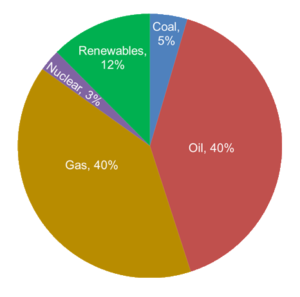 Tackling climate change means tackling energy, because energy use contributes the most to greenhouse gas emissions. In the UK, approximately 82% of emissions are because of energy use. The pie chart shows a breakdown using 2018 data: only a small amount is generated from renewable energy.
Tackling climate change means tackling energy, because energy use contributes the most to greenhouse gas emissions. In the UK, approximately 82% of emissions are because of energy use. The pie chart shows a breakdown using 2018 data: only a small amount is generated from renewable energy.
After transport, the largest use of energy is for space heating in buildings, but much of this is wasted as either the building has poor levels of insulation, or is unoccupied. One of the easiest things we can do therefore, to reduce our energy use, and emissions and costs, is to stop heating empty rooms.
EcoSync, is a new tech company in Oxford that is looking to help building managers and occupants to play their role in mitigating climate change, helping them to reduce emissions, and reduce costs. It has created a cloud-based platform and technology that can work with existing building management systems (such as room booking systems and heating control) not only to ensure only occupied rooms are heated, but also that the room users have control.
Working with EcoSync
In looking for a summer project that tied into my vision of a more sustainable world, I found an opportunity with EcoSync, and became part of a team working on the user engagement aspect of their technology.
My work over these past few months focused on two essential components that enable the CO2 savings calculations: the retrieval and storage of heating data and modelling an individual’s energy consumption.
Writing an API for the first time
Within the retrieval and storage piece of the leaderboard development, I first created a database for the historical heating data, including temperature and valve data readings, as well as periodically-updated status data. To then facilitate read and write access among this database, any current and future hardware providers’ application programming interfaces (APIs), and the leaderboard script, I was tasked with designing and building an API with robust and dynamic methods. I had never coded an API before, so after recovering from the initial shock that I was being trusted with this task, I set about reading the preliminary articles my supervisor had sent me and settled into the excitement of a new, somewhat daunting, challenge.
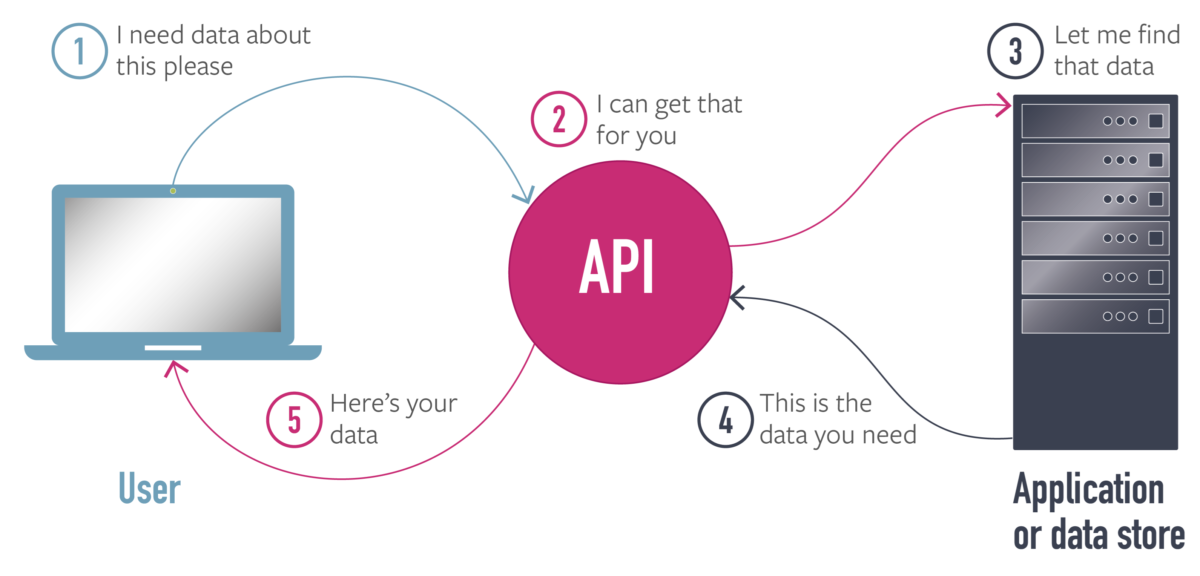
Among the initial materials my supervisor sent regarding the API were a couple stepping stones for the API. For instance, an example of a Swagger documentation offered a rough sketch of the API’s own Swagger documentation, and the Swagger codegen directed the language of and connections within the API. It then became an exercise in connecting these pieces and then finally connecting these to the actions each method executed. Throughout this process, I found myself with dozens of internet tabs open, each branching off into different ways to code or debug any given component. Thus, while learning more and more about the basics and more advanced aspects of APIs and their construction, I was also practicing filtering and selecting information on how to approach and solve a problem, a skill that deserves more recognition for how much time and effort it saves us.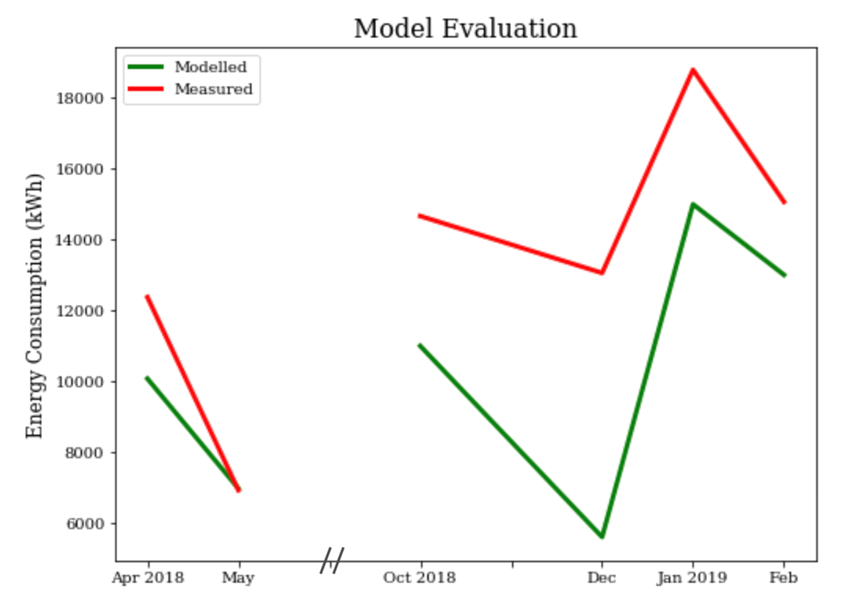
Where the work with the API was engaging in how it was challenging and new to me, the second essential task, modelling a user’s individual energy consumption, happened within the friendly confines of Python environments and produced interesting and exciting results when compared to the measured gas consumption data. After once again considering numerous ways to approach the energy consumption calculations and considering the proposed methods of several peer-reviewed articles, I ultimately drew most heavily from physics concepts and modelling skills I learned in university courses and previous Python projects.
I was most struck by how simple this model of a real-world system was. It required only a few inputs, was based on the equation for a thermodynamic quantity that I had been introduced to in a high school physics class, and would ultimately encourage people to be more mindful of their energy usage. What was most exciting were the plots that illustrated shared trends between the calculated energy consumption values and the measured gas consumption data. Hypothetically, these two points should be related by a constant, and to see the model I had developed illustrating just that was rewarding and promising for later implementation in the technology affecting real change.
Every step matters
EcoSync’s primary objectives underpinned each technical step that I worked on this summer. The goals of EcoSync – and hopefully someday all human beings – to protect the environment and tackle climate change, echoed throughout the lines of code investigating energy consumption and the data points that spotlighted periods of significant energy waste. It was inspiring to see how modern technology and the work I did for EcoSync played a role in an issue that can at times feel so immense. Despite how overwhelming environmental challenges may feel, it is important for us all to recognize the impact we have on our world. Every living creature contributes to the state of our planet, and when we take steps, no matter how big or small, towards creating positive change, we will reach a better future.

Acknowledgments
- Energy pie chart derived from UK government energy statistics.
- EcoSync
- Global map: from NASA
- With contributions from Helen Gavin

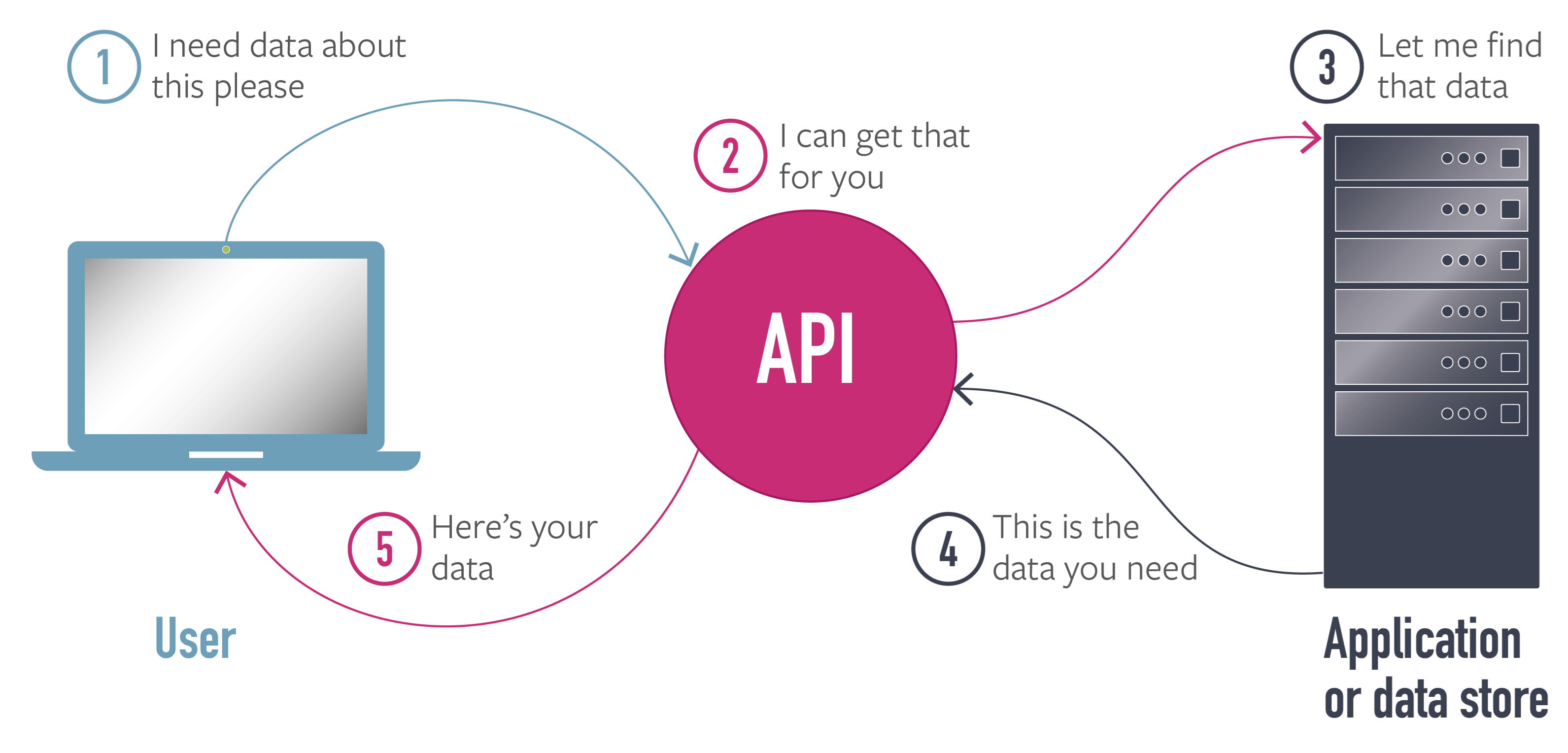

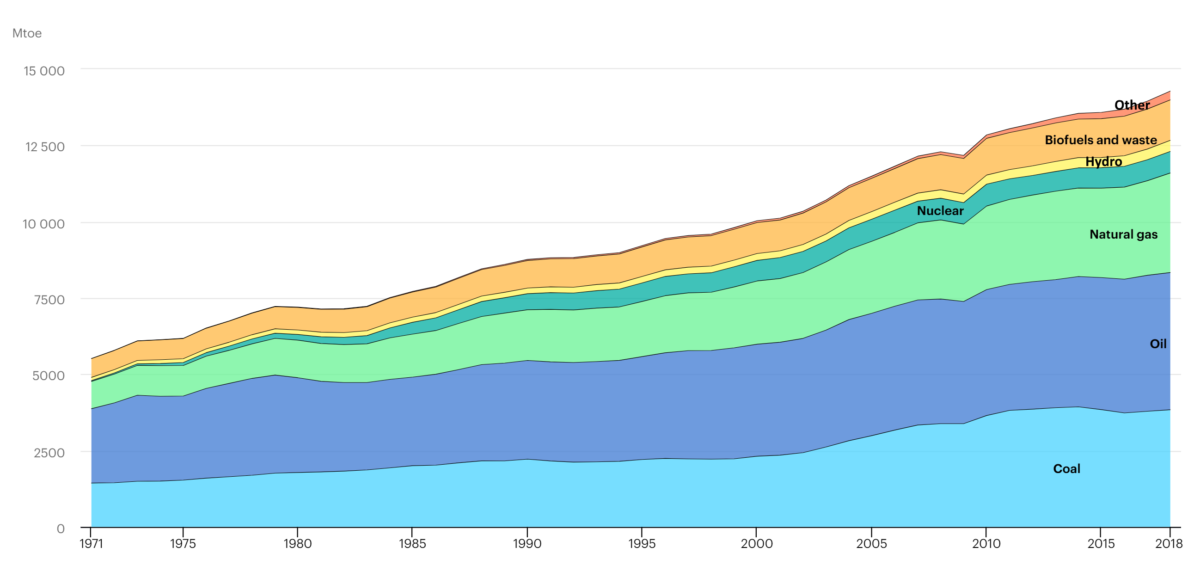

One thought on “Having Fun while Reducing Greenhouse Gas Emissions with EcoSync”
Comments are closed.